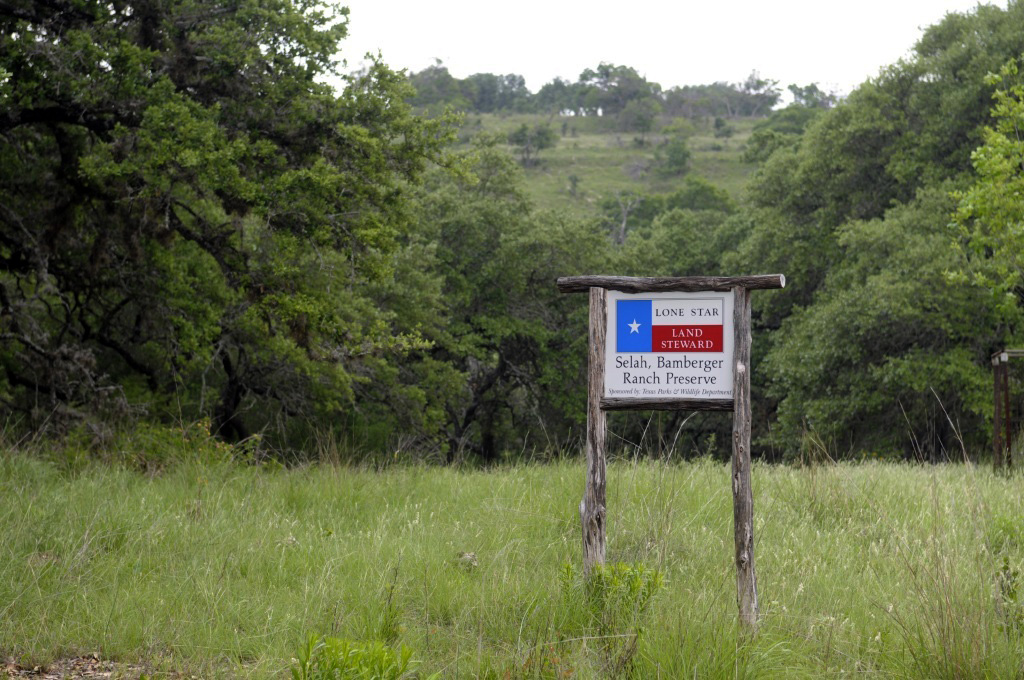Conservation: Texas Master Naturalists, 2
Friday, March 29th, 2013
Sheryl Smith Rodgers
This is Passport to Texas
The article Nurturing Nature in the April issue of Texas Parks and Wildlife magazine, highlights the Texas Master Naturalist program.
07 – I just wanted to give readers a flavor of what Texas Master Naturalists are doing across the state.
What they are doing, says author, Sheryl Smith Rodgers, is increasing public awareness about the natural world in which they live.
20—You know, our state’s undergoing so much growth, and we’re losing so much of our natural ecosystems to subdivisions and shopping centers. People like master naturalists, who have more of an awareness of how important those elements are to our overall lifestyle, they’re going to share what they know with others and just raise awareness that we need to protect these areas.
Master Naturalists undergo weeks of training, says Smith Rodgers, who, herself, is a certified Master Naturalist.
25 – The classes cover geology, native grasses… Last spring I took my training from March into May. We went to different places. You don’t just sit in a classroom. You have field outings; you go out and actually look at the native grasses. We went to Jacob’s Well near Wimberley and talked about hydrology. You just cover a whole lot of different topics.
Once certified, citizens volunteer in their communities. There are more than 40 chapters statewide. Find more information on the TPW website.
The April issue of Texas Parks and Wildlife magazine with Sheryl Smith Rodgers’ article Nurturing Nature is on newsstands now.
For Texas Parks and Wildlife…I’m Cecilia Nasti.





 Passport to Texas is a
Passport to Texas is a  Passport to Texas is made available by:
Passport to Texas is made available by: